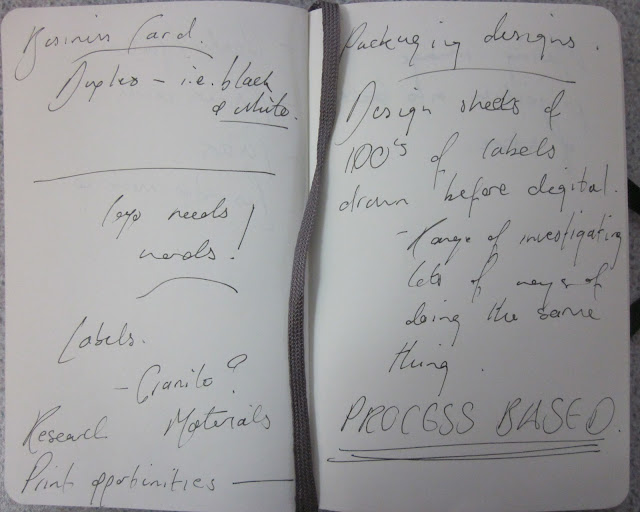10 steps to a future you,
From the works of some great thinkers.
Stephen R Coney
'7 habits of highly effective people'.
Lawrence Kholberg
Karl Hopkins
The ten P's:
1. Proactivity.
Animals: Stimulus --> Response
Humans: Stimulus --> Choice --> Response
Expand sphere of influence for greater proactivity. Need to meet people, talk to people about what you're doing (using value statement)- basically network for future opportunities.
Influential areas:
-----botain from powerpoint
2. Project.
Develop a vision of your future and create a mission statement that encompasses long term goals.
There are different areas to think about.
------
Begin with business vision, it will help you to work towards a future.
3. Provide.
Remember to keep others in mind and talk to them in their language not yours. They won't be impressed by all that you know if they don't understand what you're saying. You have to say what you can do for that person, not just what you can do in general.
4. Prioritise.
Obvious.
5. Presence.
Make an impact. Help them out. Do something that they will remember you by. They may one day repay the favour.
Kohlberg's theory.
Firstly talks about people being convential. Pre-convential connoted more childish behaviour, negative narcissism. Convential connotes more of a business mind- need to help others, get along with everyone. Post-conventional connotes a team effort- changing things for everyone.
6. Pause.
Listen. Listen in a way. Seek first to understand before you try and be understood. Learn from your differences.
7. Proven.
Consistency. Keeping up an image really does mean that the product itself has more reputation- people think the product is good if it is branded well. Forces respect.
8. Partner.
It is not possible for amazing things to be achieved without working with others. Collaborations create some of the most original and impressive work. Big visions can be achieved with a team behind you.
E.G.
9. Pit Stop.
Re-evaluate all the time. Challenge yourself- excite and stimulate the mind by seeing new things. Train yourself so you're up to date- don't fall behind.
10. Propel.
Be confident. Be proud. Project yourself.
Search for 7 habits of highly effective people.


























